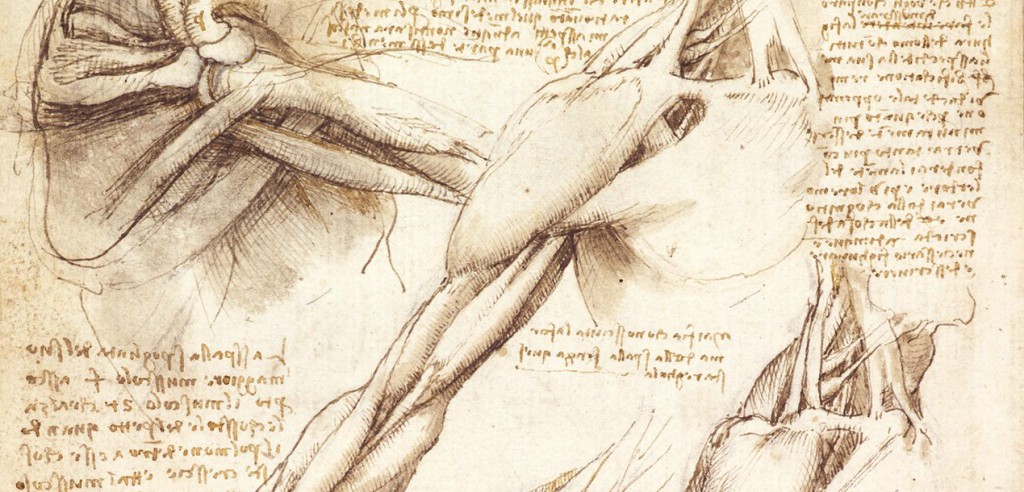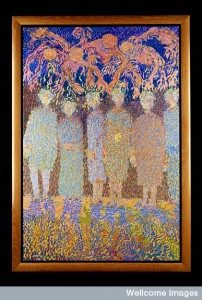The name of my disease was Contagion. The first time around I chose Russia. I figured it was a large enough country and I was curious to see what happened. In the first game, I didn’t really know how to play as I was getting acquainted with the game and how it worked. After I figured out what everything did, I killed everything on earth in about a little over a year. The first thing I chose was insects and then I played around with a few other vectors to see how fast everything would go and try to make my bacteria spread faster. Once I got to birds and airborne forms of transmission it went a little faster.
The second country I chose was India, and while disease spread a lot faster this time, I was not able to kill off the world. I chose a more difficult level because I thought I already knew what to do. Initially I diversified my ways of transmission, and then I went for the abilities of the DNA, changing its strength like resistance to antibiotics, and the ability to thrive in certain temperatures, however I wasn’t able to get Greenland! I honestly wasn’t paying attention to how long it took to infect the first 100 but it happened very quickly. Once you added water transmission and means of transmission through sweat, or sneezing, and coughing in a very populated area, it went very fast.
This game definitely helped me to understand pandemic transmission a lot better. There was definitely a difference between the different types of transmissions and how quickly they spread in relation to the population. It was also interesting to see how the bacteria mutated on its own. Another thing that slowed down transmission was when they stopped transportation. This game made me really pay attention to the things we do on a daily basis, and it even made me think about the Ebola virus and what was happening when it hit the United States. Unfortunately this game is a little addicting but it was fun and educational at the same time.




